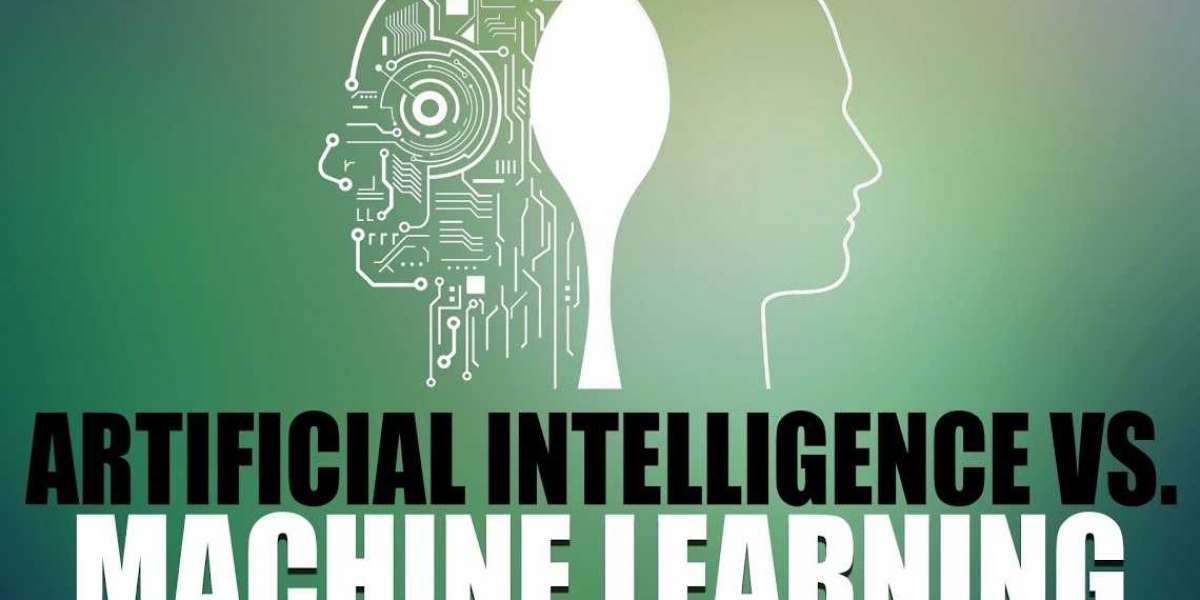Artificial intelligence, as a field starting emerging as a separate sub-discipline of computer science in early 1950s. The main motivation behind development of AI was the desire to make computer programmes that could think and evolve.
There were early successes in the field, with the development of programmes that could play games such as chess or Sudoku. But these early successes were dependent on creating programmes where explicit rules were coded in a traditional computer.
At this point, it was still not possible for computers to be able discriminate between pictures or sounds, tasks that humans do very naturally. Creating programs to do so using an explicit set of rules was not practical, this gave rise to Machine learning as a subfield of AI, where programs could be created that learn from data.
To understand what machine learning is, let’s look at a very popular problem and see how we can solve it. Imagine, you are an email service provider and you, to give better experience to your customers, want a way to filter out any spam messages. How will solve this problem?
One way to solve this problem would be write a program, that checks each email for some specific email addresses that you know from historical experience send, spam messages. You can also check for some keywords in the email body, to see if an email is a spam or not.
For example, many times words such as lottery, win, million dollars etc are usually used in spam, messages. And if you detect one or more of these words in the email body, you can conclude that the email is a spam.
Now there are a couple of issues with this approach. Although, from a programming point of view this is easy to implement but it’s not always easy to manually generate a list of email ids to be black listed or to gather keywords to be searched. Such an approach is very tedious to implement and prone to errors.
So far, we were:
• Looking at emails we received in the past
• Knowing which one was Spam and Not-Spam
• Then a human looked at this data tocome up
• With rules, which were fed into a traditional program, to decided which mail will be a spam and which won’t
But there is another way to solve this problem:
• We will still work with historical data
• But now instead of a human, an algorithm will learn
• Rules from the data.
Machine learning can be thought of as a programming paradigm, where we don’t explicitly program any rules, but our programs learn rules from the data.
• Machine Learning as a paradigm helps
• Banks to make credit decisions
• Companies to decide on best marketing channels
• Internet giants to give us better consumer experience by filtering out spam messages, recommending articles based on reading preferences
• Self-driving cars to understand what traffic sign, is ahead, to make automated driving a seamless experience







